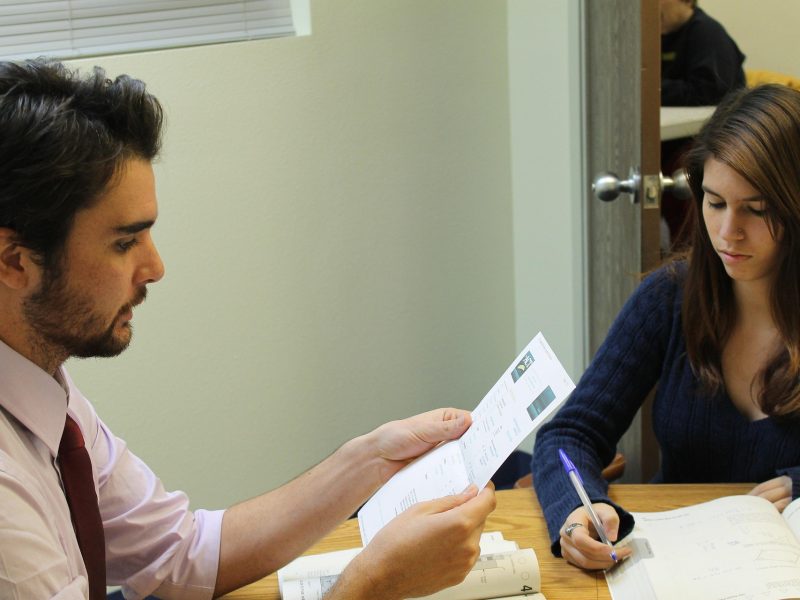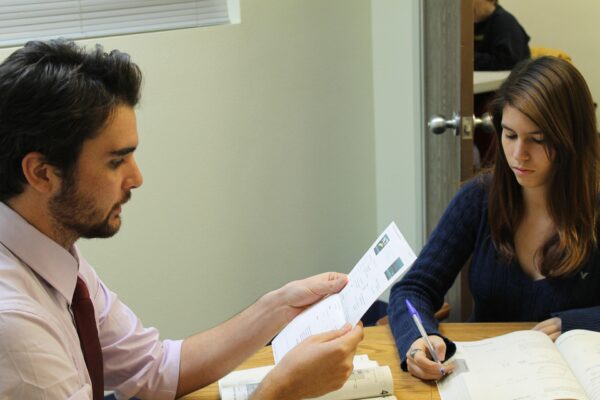Sending a child to boarding school, or teaching within one, often brings a mix of excitement and apprehension. What does a typical day really look like behind the ivy-covered walls? Is it all rigorous study and strict rules, or is there room for fun, friendship, and personal growth? For parents weighing this significant decision, or teachers considering this unique educational environment, understanding the daily rhythm of boarding school life is crucial. It’s a world that blends structured schedules with opportunities for independence, intense academics with diverse extracurriculars, and close-knit community living with personal development. This post will pull back the curtain on a typical day in the life at boarding school, offering parents and teachers a clearer picture of the structured, supportive, and surprisingly dynamic environment that awaits students.

The Morning Routine: Structure and Responsibility
The boarding school daily schedule often begins early, instilling a sense of discipline and time management from the moment students wake up. Unlike home, where morning routines can sometimes be chaotic, boarding schools provide a structured start to the day. Typically, students rise between 6:30 AM and 7:30 AM, depending on the school’s specific schedule. This isn’t usually enforced by a loud bell, but rather by dorm parents or resident advisors gently ensuring everyone is up and ready. As noted in research from sources like Army and Navy Academy and EF Academy, this period is crucial for developing personal responsibility. Students are expected to manage their own time – getting dressed (often in uniform or adhering to a dress code), tidying their rooms, and ensuring they have everything needed for the day ahead.
Breakfast is usually served communally in a dining hall during a set window, often between 7:00 AM and 8:00 AM. This is more than just a meal; it’s an early opportunity for social interaction with peers and faculty members who often share the dining space. It fosters a sense of community and allows for informal check-ins before the academic day officially begins. For teachers, this can be a valuable time to connect with students outside the classroom. For parents, knowing their child starts the day with a nutritious meal and social connection provides reassurance. The emphasis is on punctuality and preparedness, skills essential not just for school, but for life beyond.
The Academic Core: Classes, Collaboration, and Support
The heart of the boarding school day revolves around academics, typically running from around 8:00 AM until mid-afternoon (e.g., 3:00 PM or 4:00 PM), interspersed with breaks and lunch. Class sizes are often small, a key feature highlighted by many institutions and research sources (learn more about The Impact of Small Class Sizes). This allows for more personalized attention, active participation, and deeper engagement with the material – a significant benefit often cited by parents and educators alike. Teachers in a boarding environment often have more opportunities to understand individual student needs and learning styles.
The curriculum is generally rigorous, designed to prepare students thoroughly for college and university. Classes might include core subjects like math, science, literature, and history, alongside languages, arts, and specialized electives. The teaching style often emphasizes critical thinking, collaboration, and discussion, moving beyond rote memorization. Many schools incorporate technology seamlessly into learning, using platforms for assignments, research, and communication.
Beyond scheduled classes, academic support is a cornerstone of the boarding experience. Teachers are usually available for extra help outside of class hours, often living on or near campus. Many schools schedule specific times for tutorials, advisor meetings, or supervised study halls. This accessibility is a major advantage; students learn to proactively seek help, fostering self-advocacy (read about Developing Independence). For parents, knowing that academic support is readily available and integrated into the daily structure can alleviate concerns about their child falling behind.
Afternoon Activities: Exploring Passions Beyond the Books
Once the formal academic day concludes, the boarding student life transitions into a vibrant array of extracurricular activities (explore Extracurricular Opportunities). This period, typically from mid-afternoon until dinner, is mandatory at most boarding schools, emphasizing the development of well-rounded individuals. The options are usually extensive, catering to diverse interests. As highlighted by sources like Army and Navy Academy and Career Point Gurukul, these activities are not mere add-ons but integral parts of the educational philosophy.
Athletics are a major component, ranging from competitive interscholastic teams (football, basketball, soccer, swimming, etc.) to intramural sports and individual fitness activities (yoga, weightlifting, running clubs). Arts programs flourish, offering opportunities in drama, music (instrumental and vocal), visual arts (painting, ceramics, photography), dance, and debate. Other clubs might focus on community service, environmental issues, robotics, coding, journalism (school newspaper or yearbook), Model UN, or specific cultural interests.
Participation encourages teamwork, leadership, discipline, and the exploration of new talents. It’s a time for students to de-stress, pursue passions, and build friendships based on shared interests. For teachers, this period often involves coaching teams or advising clubs, allowing them to connect with students in different contexts. Parents can appreciate that their child is engaged in productive, supervised activities that contribute to their personal growth and skill development, rather than having unstructured, unsupervised time.
Evening Hours: Study, Socializing, and Winding Down
Evenings at boarding school are a blend of focused study and community interaction. Dinner, like breakfast, is typically a communal affair in the dining hall, offering another chance for students and faculty to connect informally. It reinforces the family-like atmosphere that many boarding schools cultivate.
Following dinner, the focus shifts back to academics during mandatory, supervised study hall periods. These usually last for 1.5 to 2 hours (e.g., 7:30 PM to 9:30 PM) and are often held in dorm common areas, libraries, or designated quiet zones. This structured time ensures that students dedicate sufficient attention to homework, revision, and project work. Access to faculty or older student tutors might be available during this time. This structured approach helps students develop consistent study habits and time management skills, a key element noted in research on college preparedness from sources like Oak Hill Academy.
After study hall, there’s typically some free time before lights-out. Students might socialize in common rooms, play games, watch a movie, call family, or simply relax in their rooms. Dorm parents or resident advisors are present, providing supervision and support, fostering a safe and comfortable living environment. Lights-out times vary by age group but are consistently enforced to ensure students get adequate rest for the demanding schedule ahead. This balance between required study and supervised free time helps students learn to manage their responsibilities while still having opportunities for relaxation and social connection.
Weekends: A Different Rhythm
While weekdays follow a structured pattern, boarding school weekends offer a change of pace, though structure and supervision remain (discover Weekend Wonders). Saturdays often include morning classes or required activities like sports fixtures or special academic programs. However, afternoons and Sundays usually provide more flexibility. Schools organize a variety of optional activities, both on and off campus. As research from Fessenden School and Fay School suggests, these might include trips to nearby cities for cultural events (museums, concerts, theatre), shopping excursions, outdoor adventures (hiking, skiing), movie nights, dances, guest speakers, or community service projects.
Students also use weekends for catching up on studies, doing laundry, relaxing, and socializing with friends. Many schools allow day students to participate in weekend activities, further integrating the school community. Some students may go home for the weekend if school policy and distance permit, while others remain on campus, enjoying the planned activities and the company of their peers and resident faculty. Weekends provide a necessary break from the weekday intensity while still offering enriching experiences and maintaining a sense of community and belonging.
Conclusion: More Than Just a Schedule
A day in the life at boarding school is undeniably structured, demanding responsibility and time management from students. From early morning wake-ups and communal meals to rigorous classes, mandatory activities, and supervised study halls, the schedule is designed to foster academic excellence, personal growth, and essential life skills like independence and self-advocacy. However, it’s far more than just a timetable. It’s an immersive experience built around community, mentorship, and diverse opportunities.
For parents and teachers, understanding this daily rhythm reveals an environment that provides consistent support alongside challenges, encourages exploration alongside discipline, and builds a strong foundation for success in college and beyond. While the decision involves trust and adjustment, the reality of what boarding school is like is often a dynamic, supportive, and transformative journey for the students who embark on it.










